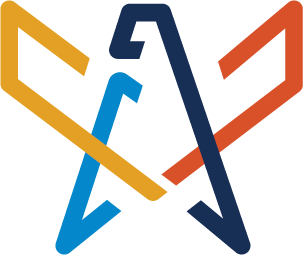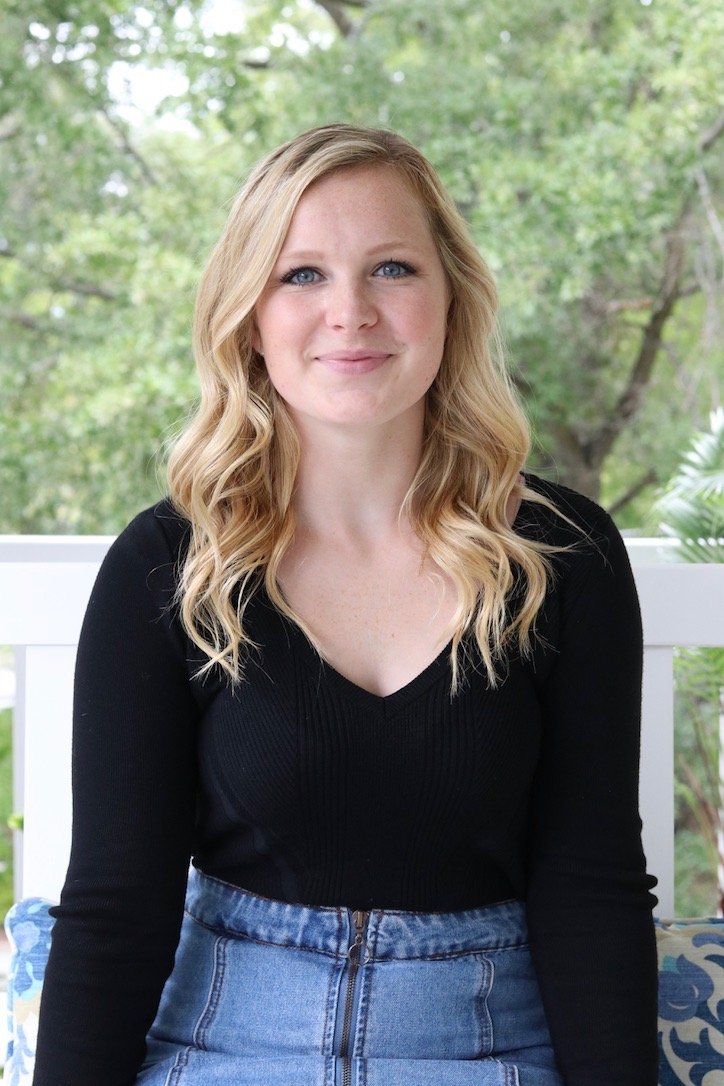Teacher Feature: May 2025
Ally Washington
6th Grade Science Teacher
Kenmore Middle School
Arlington Public Schools, Virginia
Ally is a member of the ACCESS Lending Library Program and was recently selected for the 2025 STEM Teacher Leadership Academy!
From Ally:
“I am a STEAM educator with a Masters of Arts in Teaching for K-6 and K-12 ESOL classrooms. For the past three years, I have been teaching science to 6th graders with Arlington Public Schools and leading teams of educators to meet the diverse needs of our grade-level community. Outside of the classroom, I am committed to growing educators’ and my own skills and abilities in addressing the diverse needs of pupils. My passions include rhythm cycling, trying new restaurants in the foodie community, reading books with my family book club, going to Washington Spirit and Nationals games, and planning events (as I recently just planned and celebrated my own nuptials and am on to helping friends and family plan theirs).”
Read our full interview with Ally below:
1. How do you bring real STEM challenges to life for your students at Kenmore Middle School?
I am a current 6th grade science teacher with a focus on Earth and Space Science fields of study. However, this does not stop me from bringing STEM and STEAM into my classroom. I integrate STEM challenges into my students project-based engagement and assessment activities to help build a more comprehensive understanding of the content and field of study. I have built Edison Robot moonshot obstacle courses to reinforce knowledge of the moon's phases and orbital concepts while encouraging students to grapple with coding the robots movements. I have led students in a STEM oriented MWEE (Meaningful Watershed Education Experience) where they are challenged to use scientific principles of water ecology, technology through using probeware, and math to analyze data and draw conclusions about the creek that runs adjacent to the school's property. Outside of the classrooms I challenge students to help create the booth experience for our May "Focus Fest" where students and families get to experience STEAM through the lens of the students. Last year, my students made Sphero mini-golf courses centered around their favorite books and characters. The students created and tested their golf courses and then helped visitors learn how to code the Sphero robots to complete their courses. This May, students will use their science knowledge, technology skill, and engineering skills to help curate a planetarium exhibition of the many different cultural stories our constellations share to be shown at Focus Fest with the StarLab.
2. What led you to your current role? Have you always been interested in teaching science?
Starting at a very young age, I loved being involved in learning. Whether it was my own educator or tutoring friends, I was drawn towards an education-centered career. Science anchored that with my own desire to learn and explore more for my own enjoyment. When it came time to make choices about where and what I would teach, a science teacher career opportunity opened up in the DMV (D.C.-Maryland-Virginia region) and it just felt right. It excited me that I would dig deeper into science every day, I would foster a love for learning science every day, and I would be close to some of the greatest science institutions and labs in the United States. I spent my first year in a museum every weekend, bringing back science connections to my students and then found my way into a STEAM Teacher Innovator Institute with the Smithsonian. That first year teaching experience solidified my career goals and aspirations for the future: a career in STEM/STEAM science education. Whether that be in a teaching, professional development, museum, or policy role, Science and STEM/STEAM are here to stay in my career path.
3. What is your favorite classroom resource that you love to share with your students? What memorable lessons or activities have you been able to carry out using this resource?
Canva is one of my favorite resources that I love sharing with my students. As an educator, the tools and functions that Canva offers are limitless. I introduce my students to Canva through interactive lesson elements made using Canva. I create my lesson slides, video walkthroughs, virtual notebooks, and interactive web pages for the students to leverage as we learn. I then give them agency with Canva by creating Tiered Learning Activities that allow students to communicate their knowledge and skills through the resource. One of the most memorable uses of Canva this year is a student's animated comic strip explaining chemical versus physical changes. This student was placed into a group where they would work on communicating the difference between chemical versus physical changes through a creative arts lense. Comic strip was a suggestion but with the functions of Canva, this student took on the challenge of creating and interactive and motion based comic strip instead of a static comic strip. Another memorable use of Canva this year was one of my students used Canva to make flashcards to print. While this would feel initially pretty standard, this is an emergent bilingual student who struggles to come up with the academic language in English. However, she had seen that I translated my slides into Spanish so she learned how to make Spanish flashcards and translate it back to English. We were able to work on specific concepts that weren't translating perfectly so she better understood the information. We then printed both versions and she used them both to study for the test. It was a bright moment in my year seeing a student connecting to science, learning, and technology to continue challenging themselves and working through barriers.
4. We are thrilled that you are joining this summer for the STEM Teacher Leadership Academy! How have professional learning experiences outside of your district shaped your teaching practice?
I have had the honor and privilege of attending professional development with a number of organizations around the DMV and nation. Whether it is a single night professional learning experience or a week long conference, professional development anchors my practice as an educator. My search for professional development opportunities really brings to the surface what I hope to get out of the experiences and what I end up walking away with. I look for and hope to build my network of educators and professionals that can provide insights and novel ideas about content and experiences for my students. A year ago I attended the SEEC conference in Houston, Texas and met Mission Control Specialists. These professionals helped me understand the importance of common language and how to build a team that uses and buys into that common language. I now work to establish a common language for new units and labs in my classroom and leverage some of their team building exercises to build my classroom community. I also look for and hope to gain inspiration for new experiences, perspectives, or resources to use in my classroom. With my summer work as a part of the Air and Space Museum’s Teacher Innovator Institute, I have learned how teachers present information to indigenous communities on reserve to connect space science to their cultures. I brought this back to inspire a cross-curricular study in our English department about the stories our stars tell. Finally, these professional learning experiences have opened the door for me to share and present my own ideas which has lent itself to shaping how I teach the communities of youth and adults around me. As I refine my own presentation and leadership skills, I become a better leader in my classroom. The networks of educators I am presenting to and learning alongside come from all different walks of life which helps me see and prepare for teaching an ever changing class of students. In the past 2 years, I have learned what it looks like to shape learning experiences tailored to a large group with unique circumstances such as utilizing a wheelchair for mobility or having a companion to help complete hands-on work as cancer treatments have impacted mobility. Also through my time with the ACCESS Lending Library, I have gained experience with new classroom resources and technology I have been able to integrate into my lessons. A professional learning day surrounding the Edison Robots was launched with the reading of The Wild Robot by Peter Brown. While I already knew how to use the Edison Robots, this Professional Development inspired me to push for the Novel STEM study in my science curriculum and gave me a great model of how I can feasibly integrate the reading of the book into my classroom. All in all, professional development continues to keep me on fire for education, bringing new ideas, perspectives, networks, and resources to my professional toolkit.
Thank you so much, Ally!


